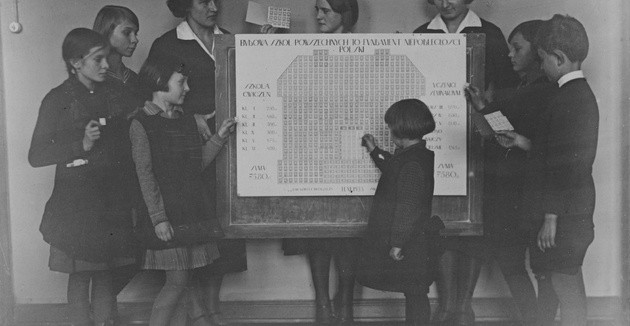Standardization

Michał Pszczółkowski
Standardization of School Architecture
More schools were built in the 20th century in Poland than any other type of public building. Because of the huge need in this area, standard, repetitive designs were commonly used. Using such designs, schools could be built faster, cheaper, and in greater numbers. By repeating a single design, developed in detail along with cost estimates, time and money was not wasted preparing an individual conception every time.
Portfolios with designs for school buildings published by the Ministry of Religious Affairs and Public Education in 1925–1937 were of the greatest significance during the interwar period. These were extensive, with each volume containing dozens of designs for public schools at all organizational levels, differing in floor plans and functional arrangements. The first two volumes (from 1925 and 1926) proposed conceptions in a traditional form, while modernist solutions predominated in the later volumes. Repeatable designs were also broadly applied in school construction during the post-war era, first during the years of domination by socialist realism and later during the period of socialist modernism.
The common use of such designs also had a political aim. After the First World War, when Poland was merged from the lands of the three partitions, the country needed integration. The same need arose after the Second World War, when the boundaries of the state were shifted. In many regions, there was little or no Polish historical architecture, and thus the construction of similar-looking buildings in various parts of the country was intended to lead to visual integration of the Polish lands. This is not the only analogy between schools in the pre- and post-war eras. There were also striking similarities in their architectural form. Social realist architecture in its two varieties—monumental and vernacular—had much in common with the dominant trends in the 1920s: neoclassicism and traditionalism. In turn, post-war socialist modernism corresponded to the functionalism of the 1930s. All of these trends were also followed in school construction.